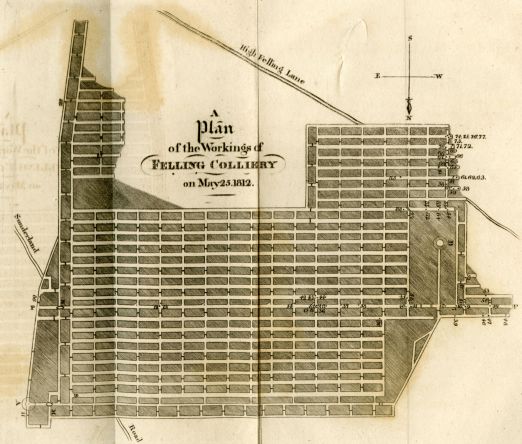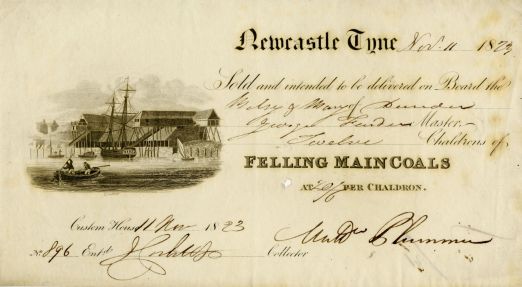
This Treasure of the month was provided by Owen Brittan one of this year’s Robinson Bequest Students.
This May marks the 200th anniversary of the accident of the Felling Colliery which claimed the lives of 92 workers when an explosion ripped through the two pits. It was one of the worst ever known disasters in the history of coal fields with a survival rate of only 24 percent of the workforce who were an average age of 22.
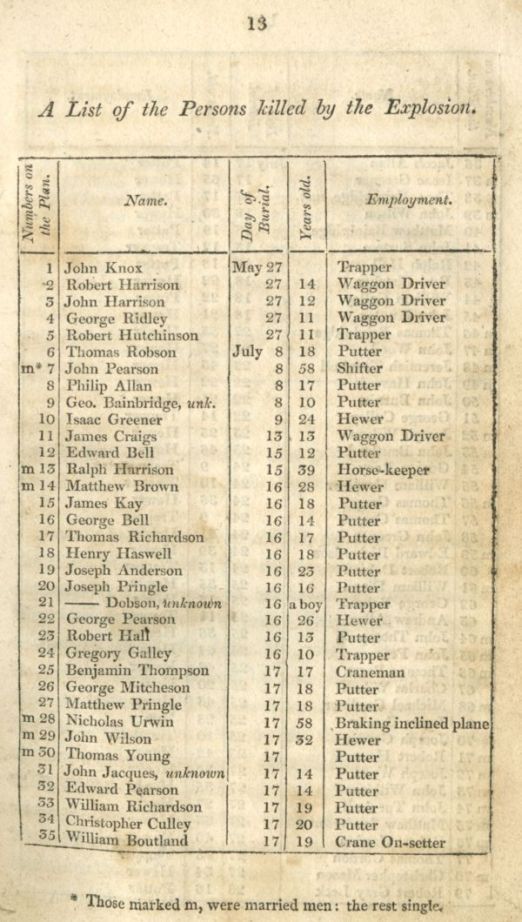
Newcastle [England] : Walker, 1813. (Clarke (Edwing) Local, Clarke 1833)
The tragedy took place years before any sort of regulation on child labour as evidenced by the large amount of children who died in the explosion. Of the 92 left dead, 11 of them were 10 years of age or younger. The story of the accident comes to us through the publication of Reverend John Hodgson’s funeral sermon on behalf of the fallen miners.
In October of 1810 Messrs. John and William Brandling, Henderson, and Grace each acquired a fourth share of the Felling colliery located in the parish of Jarrow, about a mile and a half east of Gateshead. The colliery consisted of two shafts, the John Pit and William Pit, which were both over 200 yards deep. Two shifts of men were constantly employed, except on Sundays. From its opening in October 1810 to 25 May 1812, the date of the explosion, the mine had had only one accident, which resulted in slight burns to two or three workmen, while excavating over 25 acres of coal.
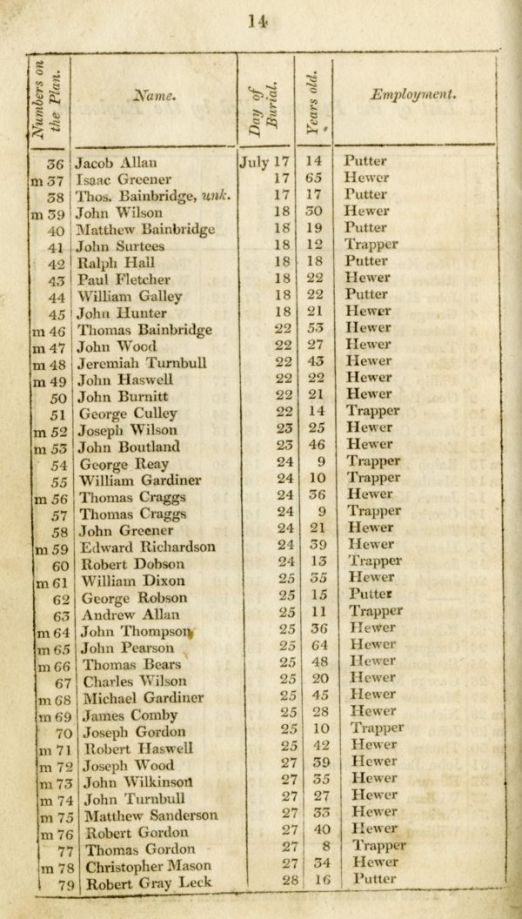
Newcastle [England] : Walker, 1813. (Clarke (Edwing) Local, Clarke 1833)
It was not until July 8, after diverting a current of water into the pits for over a month to make the air breathable, that any further rescue attempts could be made but by then very few people had any hope of finding anyone alive. Over the course of the next 44 days bodies were recovered and identified. Most were too scorched or putrid to be identified by physical features so friends and family had to identify them by belongings found on their person.
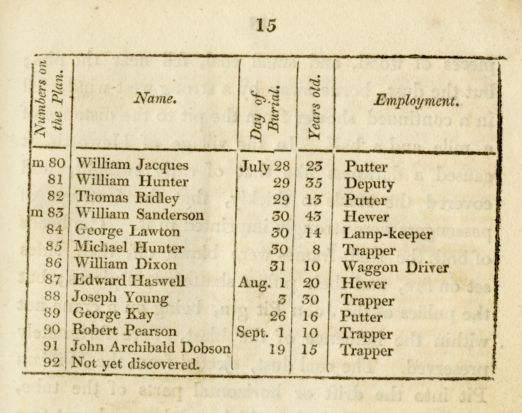
Newcastle [England] : Walker, 1813. (Clarke (Edwing) Local, Clarke 1833)
At 9:00 A.M. on 19 September the last body was recovered and by 11:00 AM the colliery was back to work as normal. The body of the 92nd victim has never been found.
All but four of these victims were buried together in the Heworth Chapel Yard in a single trench with brick partitions between every four coffins. In response to this tragedy several benevolent and prominent Newcastle citizens began taking up subscriptions for the families of the deceased. Additionally, this mining accident prompted safety improvements throughout the coal community. In correspondence to the inadequacy of lamps in a noxious environment new safety lamps were invented. The Society for the Prevention of Accidents in Coal Mines was also created shortly thereafter.
